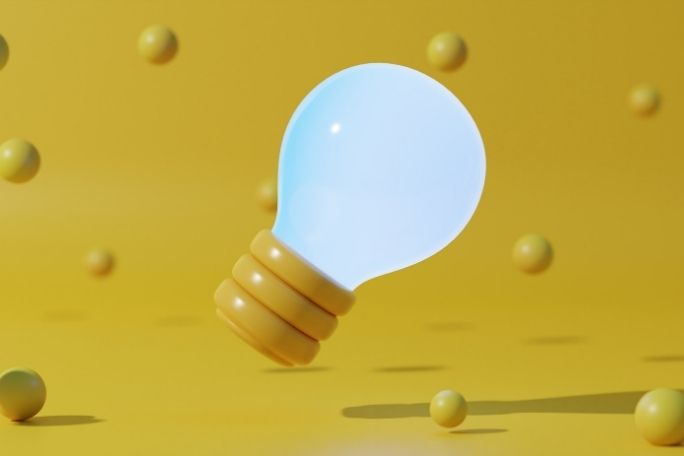Lesson summary
Students gather real world data to find out the number of different appliances in their classroom. Initially, student estimate the number of different appliances, then they count and calculate recording their data. They make recommendations as to how their classroom could use less electricity.
Learning intentions:
Students will...
- understand that we can better understand how to use energy by collecting data about the appliances being used.
- understand that replacing halogen downlights with LED downlights will have both environmental and economic benefits.
- take action to reduce their personal energy footprints at school and at home.
Lesson guides and printables
Curriculum links
Select your curriculum from the options below.
Lesson details
Curriculum mapping
Australian Curriculum content descriptions:
Year 3 Mathematics:
- Collect data, organise into categories and create displays using lists, tables, picture graphs and simple column graphs, with and without the use of digital technologies (ACMSP069)
- Interpret and compare data displays (ACMSP070)
Year 3 Science:
- Use a range of methods including tables and simple column graphs to represent data and to identify patterns and trends (ACSIS057)
Year 4 Mathematics:
- Construct suitable data displays, with and without the use of digital technologies, from given or collected data. Include tables, column graphs and picture graphs where one picture can represent many data values (ACMSP096)
- Evaluate the effectiveness of different displays in illustrating data features including variability (ACMSP097)
Year 4 Science:
- Use a range of methods including tables and simple column graphs to represent data and to identify patterns and trends(ACSIS068)
Syllabus Outcomes: ST2-4WS, MA2-18SP, MA2_1WM, MA2_2WM, MA2_3WM.
Time required: 60 + mins.
Level of teacher scaffolding: High – Lead students in class discussion around activity.
Resources required
- Student Worksheet – one copy per student OR computers/tablets to access the online worksheet
- Take It Home – Lighting Audit
Additional info
This is an original Cool.org lesson. Facts and figures in these lessons may have changed since this lesson was published. We always endeavour to update our resources in a timely manner, but if you see an error or issue in our resources please get in touch with us.


Welcome back!
Don't have an account yet?
Log in with:
Create your free Cool.org account.
Many of our resources are free, with an option to upgrade to Cool+ for premium content.
Already have an account?
Sign up with:
By signing up you accept Cool.org's Terms and Conditions(Opens in new tab) and Privacy Policy(Opens in new tab).